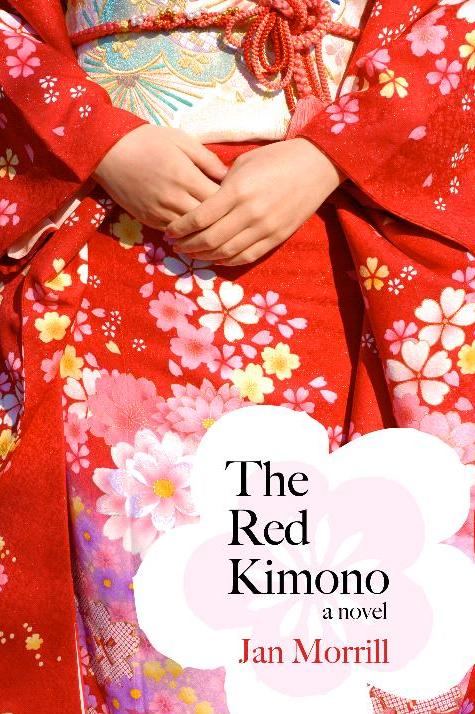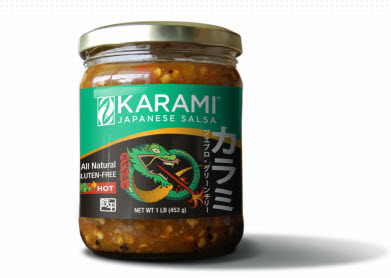Actors from Ken Tanaka’s “What Kind of Asian Are You?” video read comments from it
Here's a P.S. to my post featuring the spot-on video of the "Where are you from" conversation that Asian Americans know too well....

Here's a P.S. to my post featuring the spot-on video of the "Where are you from" conversation that Asian Americans know too well....
Bullying, guns and violence in schools isn't just an Asian or Asian American issue. It's am across-the-board societal issue, and Chu's message of love, although maybe idealistic, is a good start, especially considering the level of violence across the country in just the past few months. Kevin Lien adds haunting vocals, and the video tells its story with grace and...
It's amazing how many Asian Americans I know have had to suffer through this stupid conversation. In fact, I've met very few Asian Americans who haven't heard the question, "where are you from?" or some variation, like, "You speak English so well!" Or, having people come up to you, put their hands together and bow, and say "konnichiwa" in a...
 Bravo to the Bravo TV network. And Bravo to Michael Yaki, a former City of San Francisco supervisor who is now a member of the U.S. Commission on Civil Rights. When Yaki wrote to the network to complain about the use of the term "JAP" to describe a "Jewish American Princess" on a new reality show, "Princesses: Long Island," Bravo agreed immediately to stop using the term, both in its promotions and in the show.
Yeah, yeah, bring out the anti-P.C. police, and tell me that I'm being too sensitive, and that if Jewish people wanna use the term "JAP" they have the right. Let it all out. Vent.
The thing is, not all Jews are OK with the term -- even in the early '80s when the Jewish American Princess term was widely used as a lighthearted (but still ethnic) slur, there were people who thought the term itself was offensive, never mind the acronym.
And pretty much every Japanese American I know cringes at the use of "J-A-P" even if it's used as an abbreviation for Japan, or as an acrobym for Jewish American Princess.
Bravo to the Bravo TV network. And Bravo to Michael Yaki, a former City of San Francisco supervisor who is now a member of the U.S. Commission on Civil Rights. When Yaki wrote to the network to complain about the use of the term "JAP" to describe a "Jewish American Princess" on a new reality show, "Princesses: Long Island," Bravo agreed immediately to stop using the term, both in its promotions and in the show.
Yeah, yeah, bring out the anti-P.C. police, and tell me that I'm being too sensitive, and that if Jewish people wanna use the term "JAP" they have the right. Let it all out. Vent.
The thing is, not all Jews are OK with the term -- even in the early '80s when the Jewish American Princess term was widely used as a lighthearted (but still ethnic) slur, there were people who thought the term itself was offensive, never mind the acronym.
And pretty much every Japanese American I know cringes at the use of "J-A-P" even if it's used as an abbreviation for Japan, or as an acrobym for Jewish American Princess.
Wow, seriously? Who came up with this brilliant idea? Then who worked on it and who the hell approved it?...
 For a long time, there were painfully few novels that were about the experience of Japanese Americans who were put into concentration camps during World War II. “Farewell to Manzanar,” by Jeanne Wakatsuki Houston and James D. Houston, which was published in 1973, stood alone, unless you counted the powerful post-war story of John Okada’s 1957 classic, “No-No Boy.”
In recent years, there have been more fictional works set during internment, most notably David Guterson’s “Snow Falling on Cedars” but also Julie Otsuka’s “When the Emperor Was Divine,” Rahna Reiko Rizzuto’s “Why She Left Us,” K.P. Kollenborn’s “Eyes Behind Belligerence” and even a children’s book, “Baseball Saved Us” by Ken Mochizuki and and Dom Lee.
And now, there’s “The Red Kimono,” a terrific novel by Jan Morrill and published by the University of Arkansas Press.
Morrill, who is hapa (her mother was interned during the war) and who lives in Arkansas, writes, as they say, about what she knows. “The Red Kimono” is chockfull of finely observed details that draw the reader into the world of a Japanese American family in Berkeley, California at the start of World War II. Through thorough historical research and her own knowledge and family experiences, Morrill captures what life was like during that era, and also accurately captures the values that informed Japanese Americans as their lives were so tragically disrupted.
The story is told through the experiences of three young people who were shaped by the events that followed the bombing of Pearl Harbor: Nine-year-old Sachiko Kimura and her 17-year-old brother Nobu, and Nobu’s friend Terrence Harris, a young African American schoolmate.
The power of “The Red Kimono” is in its interweaving of racial issues that run deeper than the unjust imprisonment of 120,000 people of Japanese descent. Morrill sets the internment narrative on its edge by exploring the complex relationships of white/black/Asian/southern values clashing amidst the chaotic social backdrop of the war.
For a long time, there were painfully few novels that were about the experience of Japanese Americans who were put into concentration camps during World War II. “Farewell to Manzanar,” by Jeanne Wakatsuki Houston and James D. Houston, which was published in 1973, stood alone, unless you counted the powerful post-war story of John Okada’s 1957 classic, “No-No Boy.”
In recent years, there have been more fictional works set during internment, most notably David Guterson’s “Snow Falling on Cedars” but also Julie Otsuka’s “When the Emperor Was Divine,” Rahna Reiko Rizzuto’s “Why She Left Us,” K.P. Kollenborn’s “Eyes Behind Belligerence” and even a children’s book, “Baseball Saved Us” by Ken Mochizuki and and Dom Lee.
And now, there’s “The Red Kimono,” a terrific novel by Jan Morrill and published by the University of Arkansas Press.
Morrill, who is hapa (her mother was interned during the war) and who lives in Arkansas, writes, as they say, about what she knows. “The Red Kimono” is chockfull of finely observed details that draw the reader into the world of a Japanese American family in Berkeley, California at the start of World War II. Through thorough historical research and her own knowledge and family experiences, Morrill captures what life was like during that era, and also accurately captures the values that informed Japanese Americans as their lives were so tragically disrupted.
The story is told through the experiences of three young people who were shaped by the events that followed the bombing of Pearl Harbor: Nine-year-old Sachiko Kimura and her 17-year-old brother Nobu, and Nobu’s friend Terrence Harris, a young African American schoolmate.
The power of “The Red Kimono” is in its interweaving of racial issues that run deeper than the unjust imprisonment of 120,000 people of Japanese descent. Morrill sets the internment narrative on its edge by exploring the complex relationships of white/black/Asian/southern values clashing amidst the chaotic social backdrop of the war.
 Forget Pace Picante Sauce, which used to make a big deal of being made in San Antonio instead of phony salsas made in New York City. Forget San Antonio as well as New York City. Look no further than Pueblo and Boulder, Colorado.
Boulder-based entrepreneur Kei Izawa and his partner, Jason Takaki, are launching a new product this weekend that really isn't new at all. Karami is a Japanese American twist on salsa that tastes pretty great on a lot of food including chips, meats and fish, but its origins are as a Japanese side dish, the kind you might see served next to rice.
Karami, which means "beautiful heat," has a salty, savory vegetable base that's enhanced with a subtly sweet flavor and a mildly spicy kick. You can't put a finger on one overarching taste, which makes it a perfect example of the Japanese word, "umami," which translates as "pleasant savory taste" and is considered one of the five basic tastes following sweet, sour, bitter and salty. It's a Japanese concept that's perfectly embodied in a spoonful of Karami.
What makes it Japanese American, not Japanese?
Forget Pace Picante Sauce, which used to make a big deal of being made in San Antonio instead of phony salsas made in New York City. Forget San Antonio as well as New York City. Look no further than Pueblo and Boulder, Colorado.
Boulder-based entrepreneur Kei Izawa and his partner, Jason Takaki, are launching a new product this weekend that really isn't new at all. Karami is a Japanese American twist on salsa that tastes pretty great on a lot of food including chips, meats and fish, but its origins are as a Japanese side dish, the kind you might see served next to rice.
Karami, which means "beautiful heat," has a salty, savory vegetable base that's enhanced with a subtly sweet flavor and a mildly spicy kick. You can't put a finger on one overarching taste, which makes it a perfect example of the Japanese word, "umami," which translates as "pleasant savory taste" and is considered one of the five basic tastes following sweet, sour, bitter and salty. It's a Japanese concept that's perfectly embodied in a spoonful of Karami.
What makes it Japanese American, not Japanese?
This website uses cookies to improve your experience. We'll assume you're ok with this, but you can opt-out if you wish. Read More


